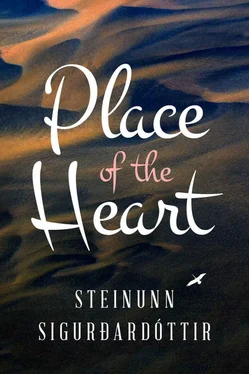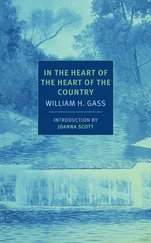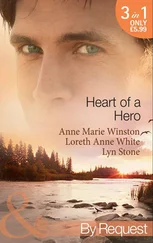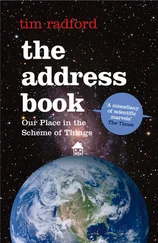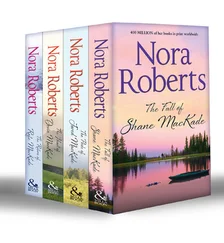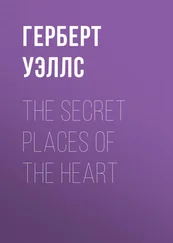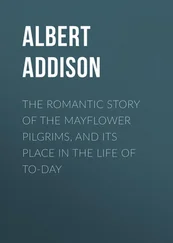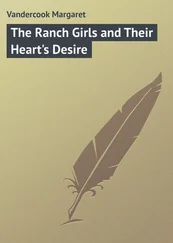So Bettý called the creature back by magic, says Heiður.

The surrounding pastures bear the marks of autumn, in hues of red and tinges of yellow. I refuse to think about autumn, which is halfway or completely here, and the impending winter. An Icelander shouldn’t travel in his own country after the thirty-first of July. On the first day of August, the land begins to display where it’s headed. On the fifteenth of August, the first autumn leaves blow onto basement steps and the nights cool dramatically. The truth about Icelandic summer is that it lasts for just four weeks — that is, the month of July. It isn’t until the start of July that the trees really get going and the flowers blossom in earnest. Right at the end of July everything starts showing signs of decline. But we shouldn’t talk about that. Instead, we should try to avoid making it clear to ourselves just how frightfully short the summer is. For if we do, we despair.
Pale-red land
violet tinge
yellowish moss.
You fell asleep in a flash, says Heiður. Are you feeling under the weather?
No worse than usual, I reply.
The sleepless woman dozed. Aunt Bettý put her to sleep.
SLEEPLESS BEAUTY, that’s what I’ll call my autobiography. How did I not think of that before?
The extremely dangerous book, according to Bettý, which Teddi, in his Norwegian sweater, gave to Edda in Kirkjubæjarklaustur, has fallen to the floor of the car. I pick it up: Vendetta and Voodoo , a somewhat thick, shabby paperback. What a title, what a book.
What are the chapters called in such a work? Chapter One: Vendetta in the Family. It’s clearly an absolutely marvelous scientific treatise. Chapter Seven: The History of the Evil Eye. When I try to go to that chapter, I discover it’s not in the book. Its center has been cut out, and a petite plastic sachet full of white powder and brown tablets is glued neatly into the gap.
I pull the parcel from the book and open it, dip my finger in the powder and lick it. It tastes like potato flour. Do they mix potato flour into amphetamine powder? Or is this uncontaminated potato flour from Katla, Inc.? The pills have a suspiciously strong vitamin B flavor.
It would be easy to send Heiður to Reykjavík with this tomorrow, have her speak directly to Rikki, the cop, and find out what the hell it is. Suspicious Teddi would hardly expose himself by handing over drugs on Highway No. 1 in the presence of two witnesses. Obviously, he’d run the risk of the witnesses discovering the book’s contents — as Heiður and I did.
I stick the bag in my pocket. God, what a piteous fuss this is on the part of these poor boys. A chase or pseudo chase, drug smuggling or pseudo drug smuggling using books. These stupid actions convince me that they can do nothing to us, and they know it. They’re powerless little runts trying desperately to cause damage.
Of course they could have taken Edda with them back to town yesterday. But to take her where? What would they have done with her? Put her in a cage in some distilling shed?
The stupid, tattered old book goes into my bag as I send the gang in the Yellow Hen some virulent telepathic messages.
Oh, to be free to drive long distances at the water’s edge. To glide along on the way east. It’s almost like sailing. On the land side of the lagoon. Imagining the sea bigger than it is.
In the sea, solace and protection for sleepless women who sail wakefully into danger.
Women who want to be dead but do not have permission for that now
and make great strides in the art of survival, nondead, their minds mostly intact.
In the art of having my own thoughts about things.
Mostly about Edda Sólveig Loftsdóttir, my ex-child
who I grieve as I see fit
as if she were dead, as if she had died at the age of twelve when she was a normal child. When she was a girl of initiative, a girl who tidied her room and did her homework, chatted unself-consciously with everyone and looked her interlocutors in the eye, answering concisely the usual questions about her age and future prospects.
My lot. To have a child who destroys herself.
I’m like most people in how I compare my misery with the misery of others.
According to my calculations of comparative misery, no greater misery can exist. To have a child who treats her own dear life so badly that she could die from it, or even worse. To have a child who is sick or dies in an accident — that’s something over which we have no influence. There’s no one to blame. You nurse the child back to health if possible, you take care of her as long as you live or she lives. Those who lose a normal child will never be the same, but they have beauty on their side, the beauty in the memory of their dead child. There’s no beauty in the memory of a child who’s turned into a monster. If she dies, there’s ugliness in the memory, and there’s someone to blame, most likely the mother. The mother who didn’t know how to raise the child, the mother who pumped polluted, sinful blood into her. In other words, I destroyed the child who’s destroying herself. How did I do it? What cunning methods did I use? So cunning that I wasn’t aware of them myself, so cunning that I still don’t see what I did that was so incredibly wrong. Except for getting pregnant at the wrong time. But others before me have done the same.
I’ve calculated that no sorrow is heavier than that of having a child who transforms herself into a monster and frightens and torments its closest relatives, a child who is at the same time a victim of the unbearable ugliness of life.
To be afraid of one’s own child and at the same time to cry over her fate.
My little daughter who once was, is now a delinquent child.
Enduring miseries like a woman in a war-torn country.
She’s been abused, my little daughter.
My little daughter who once was lives in a bad place, and no one knows who made her that home.
It’s my lot to suspect myself of doing her wrong.
My daughter, I’ll grieve for you as my little one, as you were before , from the cradle to the grave. My memory of you is beautiful. Dead at thirteen. What followed never became a life.
I grieve for you in my dreams, my poor girl, weeping warm tears that heat my cheeks. My sobs heat me internally. I burn with sorrow because my child’s life was beautiful, my only child, who died, and I’m burning because NO ONE WAS TO BLAME.
A mishap!
I am not
to blame,
dear Mother.
In waking moments the sorrow grows cooler, because my child isn’t dead but lives a living death. My tears are hard as hail, my heart is chilled, because my daughter lives a life that’s not a life. I don’t recognize her as a person, and there’s someone to blame for it, probably me, who got pregnant by an excited, shy peer, fifteen years old, and wouldn’t have the fetus aborted. That was far beyond my imagination. The fetus that asked, when she was a nine-year-old child, Mom, why didn’t you terminate me?
Why didn’t you terminate me?
Is it this question that’s so grating that my daughter can’t live? Can neither live nor die. Or rather, lives in death.
Edda S
my pride
valiant and red-haired
came into the world at her mother’s first attempt to create a child.
Edda S never misses the mark.
In her youth: her very young mother’s helper
an ally in the struggle against chauvinists and counter jumpers who are
too good to do their jobs.
A booster when things looked bleak.
Had all the floors scrubbed, nine years old, by the time Mom came home.
Edda S
my pride.
No one was to blame.
I grieve for you exceedingly
Читать дальше
